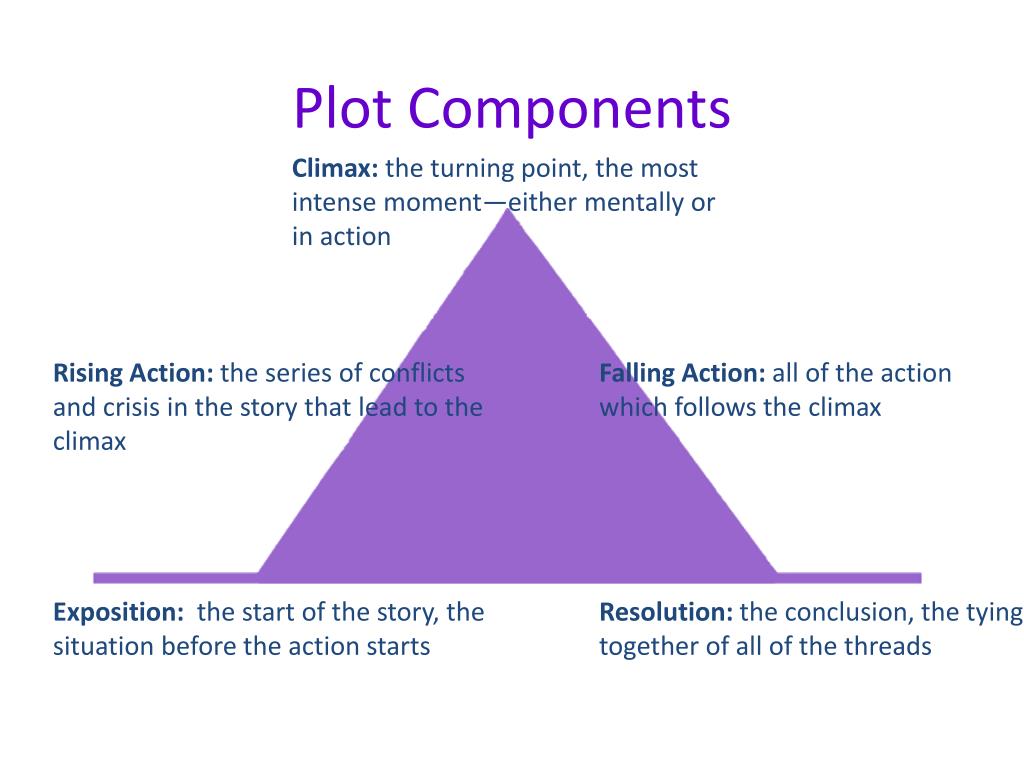

At around 50 minutes into the infection, the beachhead host copied a Qbot dll to an adjacent workstation, which was then executed by remotely creating a service.

Thirty minutes after initial access, Qbot was observed collecting data from the beachhead host including browser data and emails from Outlook. Around the same time, LSASS was access by Qbot to collect credentials from memory. Within minutes of landing on the beachhead, a series of discovery commands were executed using Microsoft utilities. Qbot injected into many processes but one favorite in this intrusion, was Microsoft Remote Assistance (msra.exe). Once executed, the Qbot process creates a scheduled task to elevate itself to system.
#MALWARE USED RUNONLY AVOID DETECTION FIVE PORTABLE#
html extension to disguise the portable executable nature of the payload. Interestingly, the name of the DLL contained a. Following the opening of the xls document, the initial Qbot DLL loader was downloaded and saved to disk. We did not observe the initial access for this case but assess with medium to high confidence that a malicious email campaign was used to deliver an Excel (xls) document. While the case is nearly 5 months old, Qbot infections in the past week have followed the same pattern. In this case, from October 2021, we will break down how Qbot quickly spread across all workstations in an environment, while stealing browser information and emails. More info on Qbot can be found at the following links: Microsoft & Red Canary Qbot (aka QakBot, Quakbot, Pinkslipbot ) has been around for a long time having first been observed back in 2007.


 0 kommentar(er)
0 kommentar(er)
